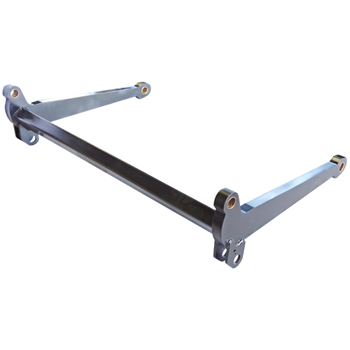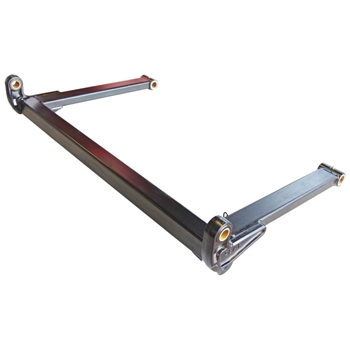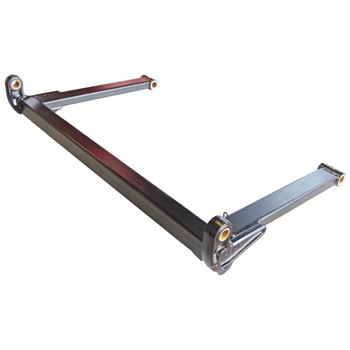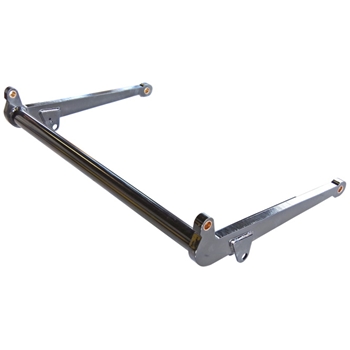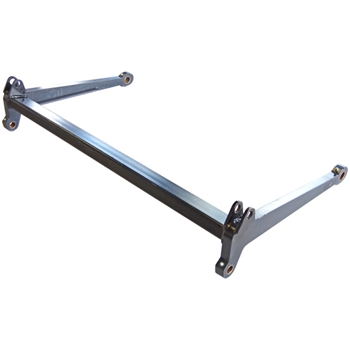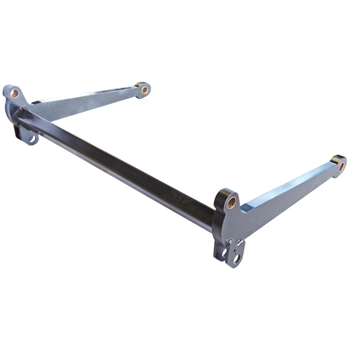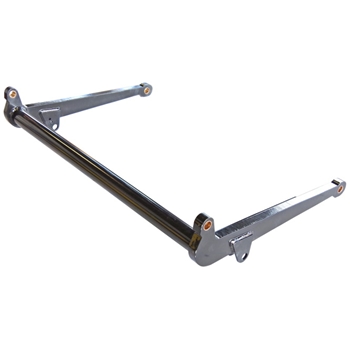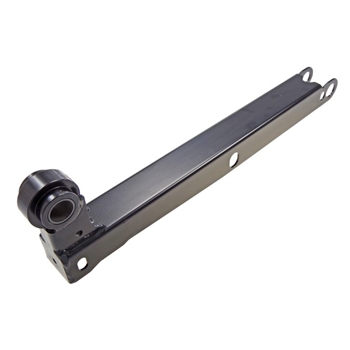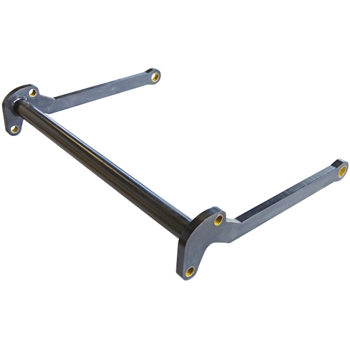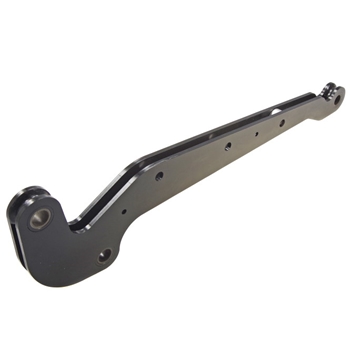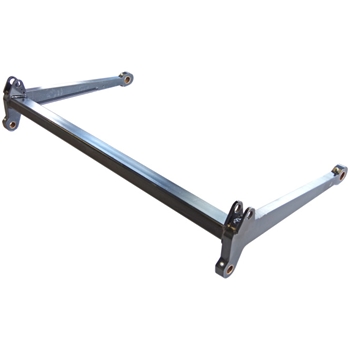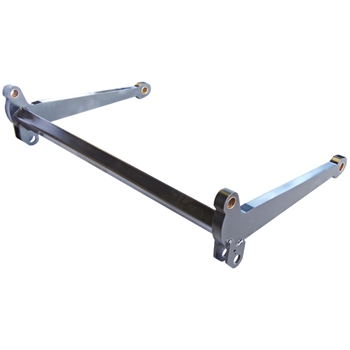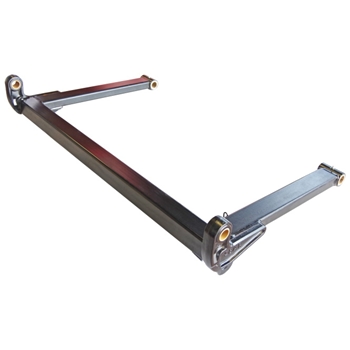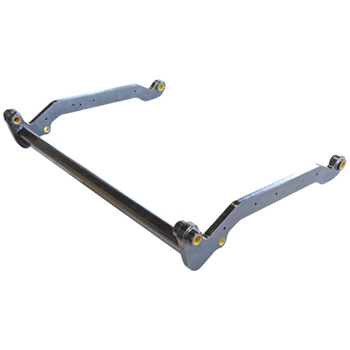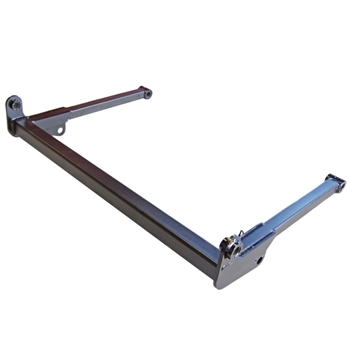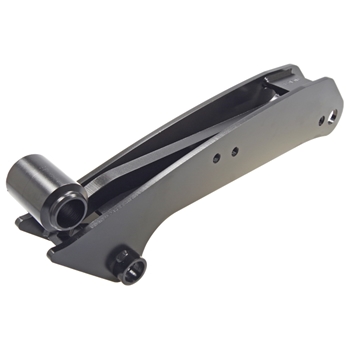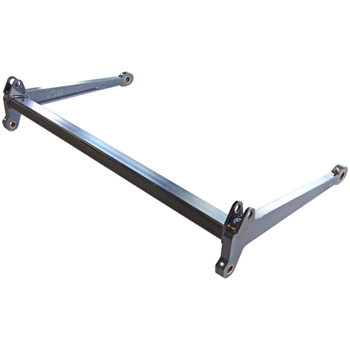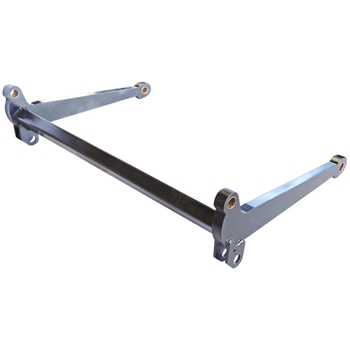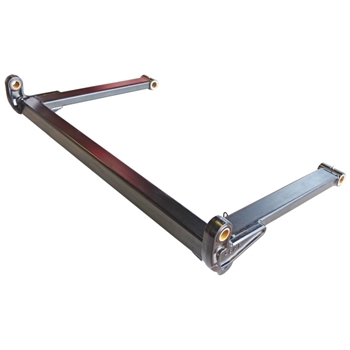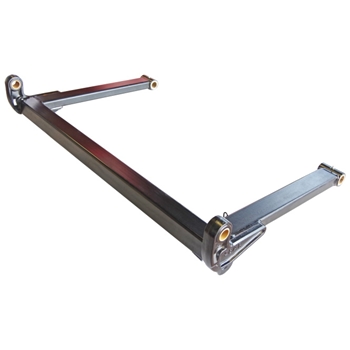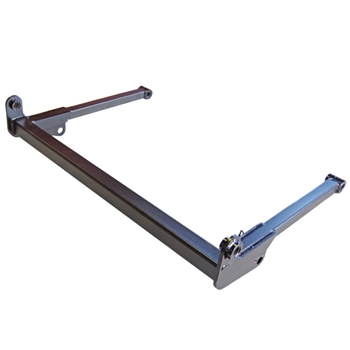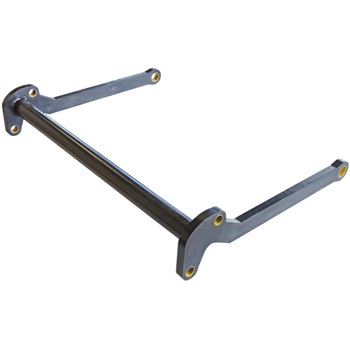Lifting arms: The load-bearing joint of the tail gate
Anyone who regularly works with a tail gate knows the force with which heavy loads can be moved precisely to loading height. Behind this performance are components that operate in the background while playing an essential role in stability and safety. Among these key elements are the lifting arms. As the load-bearing connection between the vehicle frame and the platform, they ensure reliable power transmission and controlled pivoting movements. In this category, you will find lifting arms and matching spare parts tailored to the requirements of modern lift gates, providing stable and safe functionality. At SULEJ Ladebordwand, we rely on components that have proven themselves in daily use — thanks to precise manufacturing, robust materials and dependable fitting accuracy.
Detailed function: Power transmission and stabilization
The primary task of lifting arms is to transmit the force generated by the hydraulic cylinders precisely and with minimal loss into the platform of the lift gate or tail lift. At the same time, they stabilize the entire movement and prevent lateral forces, misalignment or jamming — even when loads are unevenly distributed. In daily operation, lifting arms are exposed to significant lateral, compressive and bending forces. This makes a precisely executed and robust construction essential to ensure safe, controlled and reliably stable positioning of the entire lifting mechanism.
Designs and materials of lifting arms for tail gates and lift gates
Lifting arms differ depending on the model and design of the tail gate. Common types include welded steel structures or high-strength cast components engineered for the dynamic loads encountered in daily operation. Lift gates use these components in tailored formats, matched to lifting capacity, dimensions and the structural parameters of each system. A precisely manufactured construction ensures reliable power transmission and smooth pivoting movement — even under varying load conditions.

